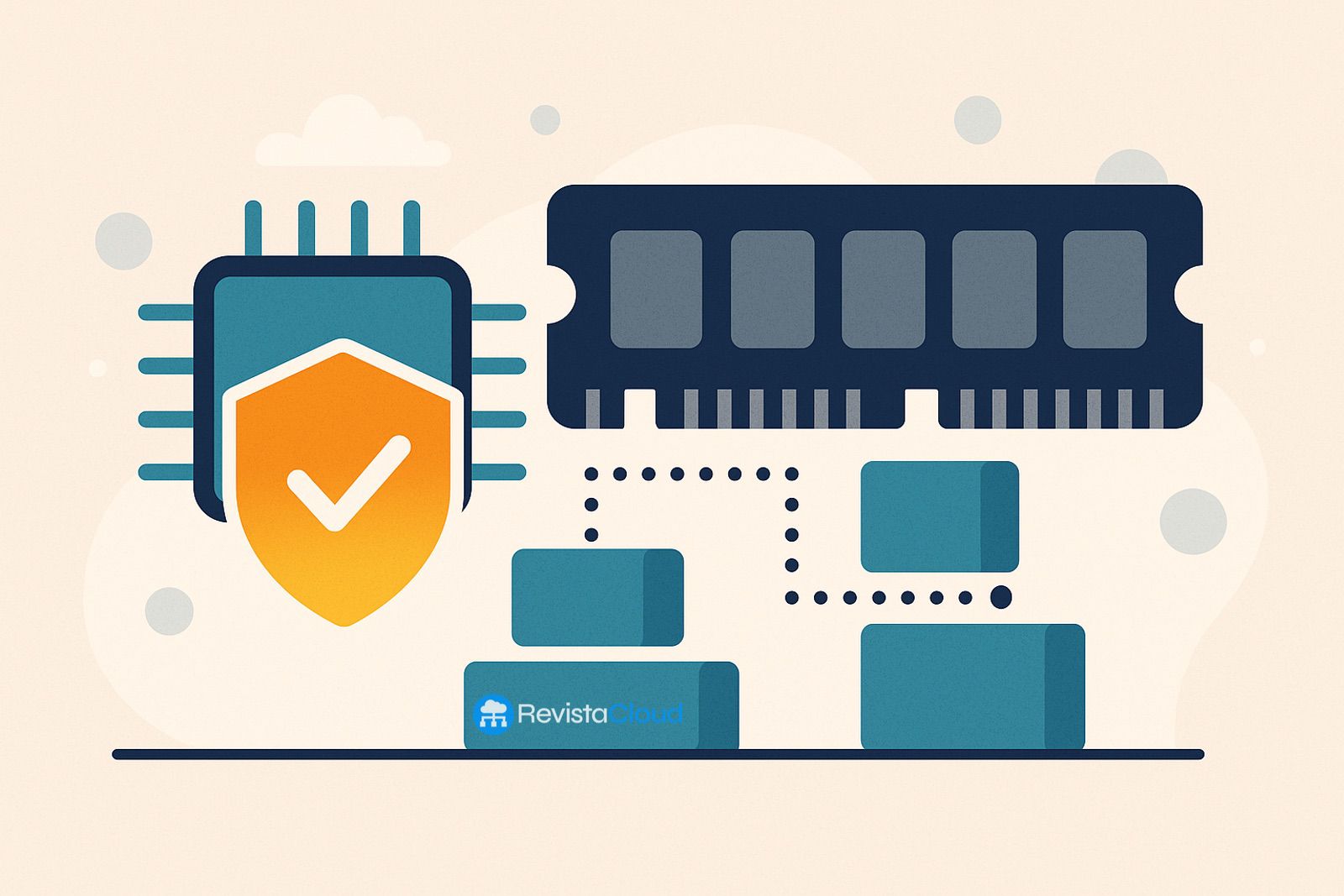The U.S. government urges moving away from C and C++ in favor of Rust and other languages that prevent security vulnerabilities. Video processing, one of the most exposed sectors.
The programming language Rust continues to establish itself as a strong and secure alternative to traditional C and C++ in building critical software. This is supported by a recent technical report from the Office of the National Cyber Director (ONCD) of the White House, which advocates for an urgent transition to memory-safe languages as a national strategy to reduce the attack surface in the digital ecosystem.
The report, titled Back to the Building Blocks: A Path Toward Secure and Measurable Software (attached at the end), states that many of the most severe vulnerabilities of recent decades, such as Heartbleed (2014) or BLASTPASS (2023), share a common origin: security flaws in memory handling typical of languages like C and C++.
Rust, the new standard for secure programming
Rust presents itself as a high-level solution with security guarantees at compile time, avoiding errors like buffer overflows, dangling pointer usage, or race conditions. This robust architecture has captured the attention not only of the technical community but also of government institutions seeking to prevent attacks rather than merely responding to them.
In the words of National Cyber Director Harry Coker, “We have the responsibility to reduce the attack surface in cyberspace, and that involves adopting memory-safe programming languages.”
FFmpeg vs. Rav1d: when Rust challenges the video standard
The tension between performance and security has recently come to light in the field of video processing. FFmpeg, one of the most widely used open-source software projects in the world for multimedia encoding and decoding, publicly questioned the incentives offered by Prossimo—a initiative promoting Rust projects—to improve the performance of its new AV1 decoder, “rav1d.”
Rav1d is a secure reimplementation in Rust of the successful “dav1d” in C. While rav1d is only about 5% slower, Prossimo has offered a $20,000 reward for anyone who can close that gap, which FFmpeg interpreted as an indirect criticism: “Rust is so good that you get paid to make it as fast as C,” they ironically stated.
The White House supports the shift
Far from being an isolated discussion among developers, the ONCD has placed this issue at the heart of the national cybersecurity strategy. The report acknowledges that C and C++ will continue to be present in legacy systems but advocates for a hybrid approach to gradually transition critical libraries to safe languages like Rust.
The Biden administration views this transition as a fundamental step to reduce entire classes of errors. In fact, the Cybersecurity and Infrastructure Security Agency (CISA), the NSA, and the FBI have published guidelines encouraging software manufacturers and providers to define “memory security roadmaps.”
Beyond the language: hardware and formal methods
The report also explores complementary alternatives when Rust or other languages are not viable, such as in certain embedded or space systems. In these cases, there is a focus on techniques like memory-protected hardware (e.g., memory tagging extensions—MTE—or architectures like CHERI) or formal methods for mathematical verification of code.
Metrics and measuring quality
Another pillar of the report is the need to improve objective measurement of software quality. The ONCD proposes developing metrics that allow for assessing the risk of a software component, anticipating vulnerabilities, and guiding purchasing or investment decisions.
Currently, most organizations lack the tools to determine whether a library or digital product meets minimum cybersecurity standards. This information gap prevents quality demands on acquired software and perpetuates the existence of code with critical flaws.
An opportunity for the industry
The government’s push for Rust and secure programming opens a historic opportunity for the software industry. From large corporations to open-source projects, stakeholders can benefit from new requirements, public incentives, and market confidence.
As the report concludes, “There are no silver bullets in cybersecurity, but the power lies in aligning current resources with tomorrow’s aspirations.”
via: The White House

